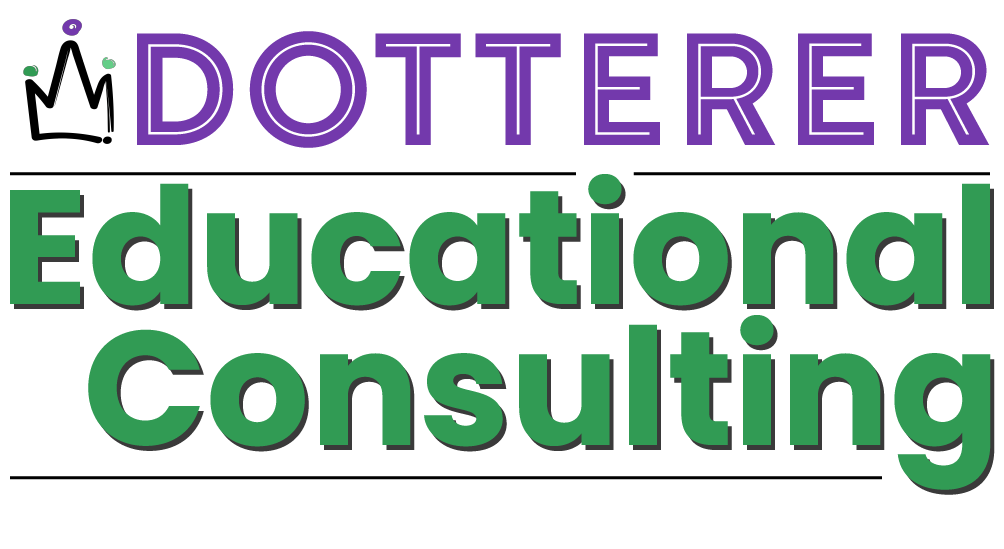Pattern recognition is an essential foundational tool for responsive teaching in today’s fast-paced educational environment. It is key to designing innovative ways to engage students and make learning more effective. Although it is often overlooked, it is crucial to student learning.
Pattern Recognition
“Pattern recognition is a cognitive process that matches information from a stimulus to information stored in memory. It’s a vital skill for decision-making and is a key indicator of a person’s ability to think logically, verbally, numerically, and spatially” (Barkman, 2018). It isn’t just a skill for high-achieving students; it forms the foundation of understanding concepts across various subjects, including reading, writing, and mathematics. It is divided into three segments. In this episode of Tier 1 Interventions, my co-host and I investigate step one of the process.

Research shows that pattern recognition is closely linked to general cognitive abilities, including IQ. Some students are naturally gifted in recognizing patterns, while others require more hands-on experiences and careful guidance to develop this ability. So why do so many students struggle with it?
Experiential Learning
Careful guidance to develop this ability must be designed for students needing more skill through innovative instructional delivery. The challenge for educators lies in how they deliver content. It’s not enough to simply explain or demonstrate concepts. Instead, teachers must create experiences that allow students to discover patterns independently. This approach encourages deeper understanding and retention, especially for students with learning disabilities like dyslexia, dysgraphia, and dyscalculia.
Responsive Teaching
Responsive teaching is key. When students offer unexpected responses—perhaps drawing comparisons from video games like “Angry Birds”—it’s important to celebrate their thinking and use it as a bridge to more complex concepts. Students’ personal experiences, known as schema, help teachers tailor lessons that resonate more deeply. Rather than dismissing seemingly off-topic connections, educators can use them to enhance students’ learning pathways.
Innovative Instructional Delivery
The podcast also touches on practical classroom strategies, including using simple shapes like squares and diagonals, which students encounter daily. By connecting these basic forms to real-world applications—such as architecture or breathing exercises—teachers can make abstract math concepts feel relevant and accessible.
Pattern Recognition is a Life Skill
Pattern recognition isn’t just about mastering numbers and shapes. It’s about fostering life skills. Their discussion weaves together math instruction with emotional intelligence, problem-solving, and adaptability—skills crucial for academic success and thriving in everyday life.


What do you see? Think beyond a diagonal and a square.


Now, what do you see?
Watch or listen to the podcast to hear what our audience saw.
In Conclusion
In conclusion, we hope that listeners have gained valuable insights into the power of pattern recognition and how responsive teaching can unlock the potential of every student, no matter their learning style or ability. Our next episode reveals stages two and three of pattern recognition. Look for the episode next Tuesday.
For the Holidays
As we head into the holiday season, Cheri shares exciting news about the upcoming launch of fun and supportive resources for teachers designed to relieve stress and spark joy in the classroom. These resources offer creative ways to teach, motivate, and encourage students struggling with pattern recognition and other challenges.

Grab your Buy One-Gift One Holiday Box for Teachers and Occupational Therapists.

